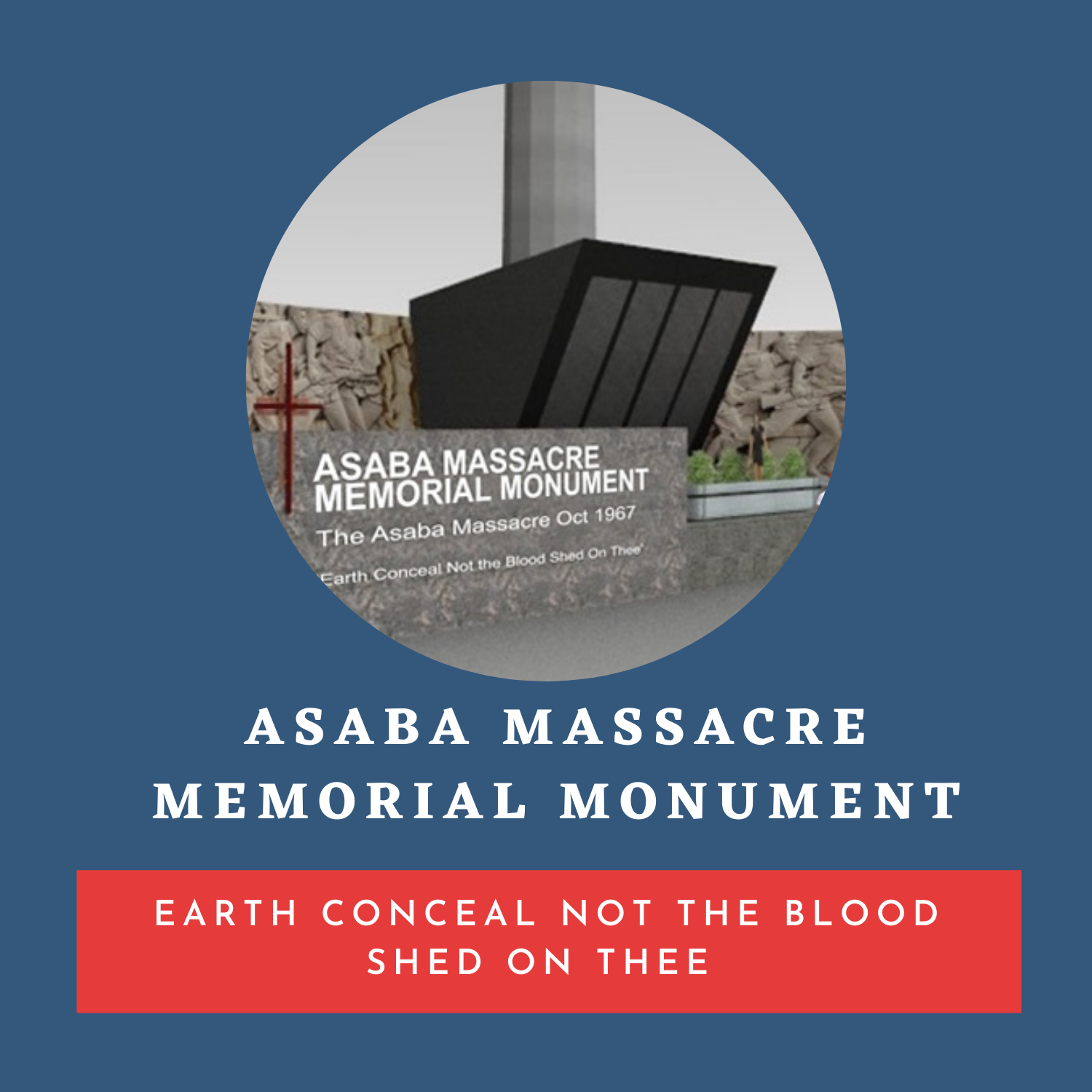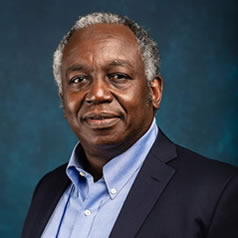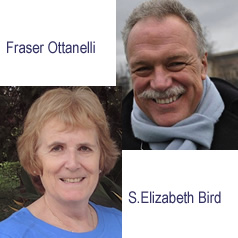One of the most profound moments of the public hearings of the Human Rights Violations Investigation Commission (also known as the “Oputa Panel”) in Enugu in April 2001 was the testimony of Dr. Uriah, a medical practitioner and a native of Asaba. He had been called to testify in a petition on the Asaba Massacre, brought before the Commission by Chuck Nduka-Eze, an accomplished lawyer also of Asaba lineage. This petition was subsumed under the petition of human rights abuses brought by the Ohaneze Ndigbo, broadly covering atrocities committed during the Nigerian Civil War 1967-1970.
There was pin drop silence as the doctor described in chilling detail how an unsuspecting group of male residents of Asaba, who had assembled to welcome the Federal troops to the town sometime in early October 1967, were herded together to the town square by Federal troops and then mowed down by machine gun fire. According to reports, nearly one thousand defenceless men were thus killed in cold blood.
Although several years before I had read an excellent account by Emma Okocha of this horrific incident in his seminal work on the subject published in 1994 and titled “Blood on the Niger”, not even that prepared me for the particularly chilling detail that was recounted by this gentleman, who was not only a firsthand witness but was also a victim, and perhaps one of the only survivors of that massacre. In those few minutes of testimony, Dr. Uriah brought into the conference chambers the true horrors of what was the worst atrocity in Africa’s bloodiest conflict.
It seemed almost as though until that moment at the public hearings that massacre that had occurred in Ogbesowe Square, Asaba in 1967 had been locked away in the closet of history and erased from national memory. What Emma Okocha had brought to national attention in his book was now starkly revealed by a man who had borne the scars on his seven-year-old body, and had locked up the memories in his tormented mind for thirty-four years.
In the years since the Oputa Panel, and in the course of my work at both the International Criminal Court and the United Nations in a number of conflict situations in Africa, I have researched several mass atrocities in different countries around the world. I can say authoritatively that this massacre in Asaba is one of the most egregious, if not in scale then certainly in cold deliberateness and brutality, in a long list of infamy; but also in the near complete collective amnesia that has followed in the half-century since.
In this context, the Asaba Massacre Memorial Monument is an important accountability project that would bring to the public consciousness a truthful recollection of this tragedy. It would honour the memory of the dead, safeguard their solemn remembrance, and assuage collective trauma and grievance. As a national memorial, it would be a place of homage and of remembrance, of preservation and of instruction. Perhaps most importantly, the Memorial would promote national catharsis and reconciliation.
Why is this important? It is important as a means of employing a transitional justice approach to assist society as a whole to recover from the trauma of mass violence and mass crimes.
There is no question that a profound occurrence such as the Asaba massacre does violence to the psyche of not only the immediate community, but also to the psyche of the nation as a whole. It shatters the foundations of a just society and overthrows ideas of rule of law and due process. Restoring the moral imperative and making society whole again requires the establishment of accountability mechanisms that promote both truth and reconciliation.
With all its failings (and ultimately, with the inability of government to implement its recommendations), the Oputa Panel was an important step in this direction. Indeed, it was the late Honourable Justice Chukwudifu Oputa (retired Justice of the Supreme Court of Nigeria, and Chairman of the Human Rights Violations Investigation Commission, after whom the moniker “Oputa Panel” came about) who, after a considered examination of the complex issue of how to confront and resolve historical occurrences of mass crimes and human rights abuses, and at the same time overcome the apparent, inherent contradictions of a transitional justice approach, concluded as follows in these brief words:
“Reconciliation is not the anti-thesis, but the triumph of justice.”
Those words could not be truer than at this particular moment in our national history. Since the terrible events in Asaba in October 1967, and the ensuing deaths of nearly three million mostly civilian non-combatants in the course of that war, Nigeria has experienced numerous other mass crimes and killings in different parts of the country.
The culture of impunity and lack of accountability built on the amnesia of the Asaba Massacre and other such mass crimes has spawned a terrible legacy of tragic events. Indeed, today the continued corporate existence of our country is threatened by violent agitations and armed conflicts triggered to some extent by unresolved historical abuses and the absence of effective justice mechanisms to hold perpetrators accountable and to deliver justice to victims.
Whereas retributive justice seeks individual criminal accountability, transitional justice through the twin tools of memorialization and reconciliation builds on the ethos of community catharsis that is unique to African systems of transitional justice. This ensures a more durable and surer foundation on which to build national cohesion. Evocatively, this is the route chosen by the people of Asaba, and powerfully expressed in this inspired project.
The Asaba Massacre Memorial Monument Project as a memorialization initiative could then become that essential catalyst for the promotion of national reconciliation that is anchored on an honest discussion of historical grievance, that leads to acknowledgment and recompense, and promotes genuine appeasement and national unity. Therein lies the eternal value of this project.
Nevertheless, even if these higher goals are not met, and even if all that the project does is to bring dignity to the dead and closure to the survivors and victims, it would have been well-worth the effort. The least that those who were so tragically killed in Ogbesowe Square so many years ago deserve is a dignified place of rest.
My hope is that the Nigerian state and its people would take the cue, and leverage on this initiative to construct an authentic national legacy to peace, justice and reconciliation. On my part I pay tribute to the memory of the dead, and honour the noble aspirations of the founders of the Memorial.
Ibrahim Pam.





0 Comments